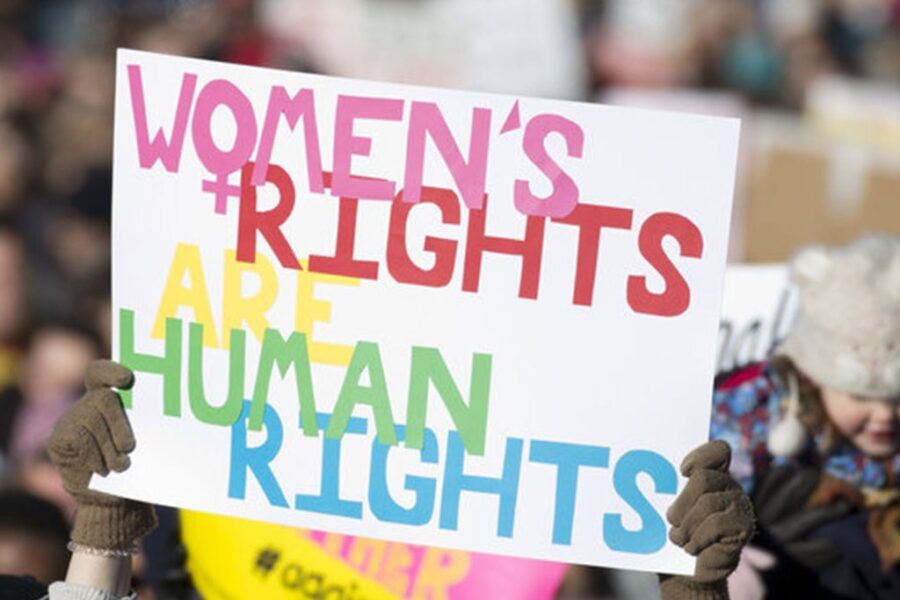The journey toward gender equality has been marked by long struggles, landmark reforms, and persistent challenges. Women’s legal rights, once restricted or non-existent in many societies, now form a recognized pillar of constitutional and human rights frameworks across the world. Yet, while legislative protections have grown stronger, the lived reality for many women still reveals gaps between law and practice. Understanding this evolutionwhere we have been, where we stand, and where we must go is essential to shaping the next phase of reform.
A Brief Historical Arc
The early 20th century saw the first major waves of reform granting women voting rights, access to education, and legal recognition in property and contract matters. In India, the Constitution of 1950 enshrined equality before the law (Article 14) and prohibited discrimination based on sex (Article 15). It also empowered the State to make special provisions for women, recognizing that formal equality alone could not undo historical disadvantage.
In many countries, similar constitutional guarantees emerged alongside movements for civil rights and decolonization. These were reinforced by international instruments such as the Convention on the Elimination of All Forms of Discrimination Against Women (CEDAW), ratified by India in 1993, which committed signatories to eliminating gender discrimination in law and practice.
Key Legal Protections in India
India’s legal framework for women’s rights is extensive and multifaceted.
- Equality and Non-Discrimination: Articles 14 16 of the Constitution guarantee equality before law, equal protection, and equal opportunity in public employment.
- Workplace Protections: The Maternity Benefit Act, 1961, Sexual Harassment of Women at Workplace (Prevention, Prohibition and Redressal) Act, 2013, and labour laws safeguard dignity, safety, and non-discrimination at work.
- Personal and Family Laws: Reforms in Hindu, Muslim, Christian, and Parsi personal laws have enhanced women’s rights in marriage, divorce, maintenance, and inheritance though disparities remain across religious codes.
- Protection from Violence: The Protection of Women from Domestic Violence Act, 2005, Dowry Prohibition Act, 1961, and amendments to criminal law after the 2012 Delhi gang rape (including the Criminal Law (Amendment) Act, 2013) strengthened definitions, penalties, and victim support measures.
- Economic Rights: The Hindu Succession (Amendment) Act, 2005 gave daughters equal coparcenary rights in ancestral property, a milestone for women’s economic independence.
The Gap Between Law and Reality
Despite this robust legal framework, implementation remains inconsistent. Social norms, economic dependency, and lack of awareness often prevent women from accessing their rights. For instance, workplace harassment laws exist but are under-reported due to fear of retaliation. In rural areas, women may be unaware of property rights or may be pressured to relinquish them. Judicial delays and under-resourced enforcement agencies further limit the effectiveness of protections.
There is also the question of intersectionality. Women from marginalized castes, tribal groups, and economically weaker sections often face compounded discrimination, making legal remedies harder to reach.
International Influence and Global Trends
Globally, the trend is toward integrating gender perspectives into all areas of law labour, environment, health, and technology. Countries are experimenting with gender quotas in politics, parental leave policies that include fathers, and laws addressing online abuse. The rise of digital rights discourse has added new dimensions to women’s legal protections, particularly against cyber harassment and privacy violations.
The Path Ahead
Progress in women’s legal rights now depends on three critical strategies:
- Strengthening Implementation – Laws must be backed by trained enforcement bodies, swift judicial processes, and accessible complaint mechanisms.
- Expanding Awareness – Legal literacy programs, particularly in rural and underserved areas, can ensure women know and can claim their rights.
- Evolving with New Challenges – As society changes, so do threats. Cyberstalking, AI-generated abuse, and economic displacement from automation require fresh legal tools and policy thinking.
Equally important is moving from protectionist approaches treating women primarily as vulnerable to empowerment-driven approaches that enhance autonomy, agency, and decision-making power.
Conclusion
The progress in women’s legal rights over the past century is undeniable. Constitutional guarantees, statutory protections, and international commitments have transformed the legal landscape. Yet the work is far from complete. The next chapter must focus not only on writing better laws but on making them a living reality for all women, regardless of social or economic status. Only then can the promise of equality move from the statute books into everyday life.
Contibuted by – Lina Tomar

